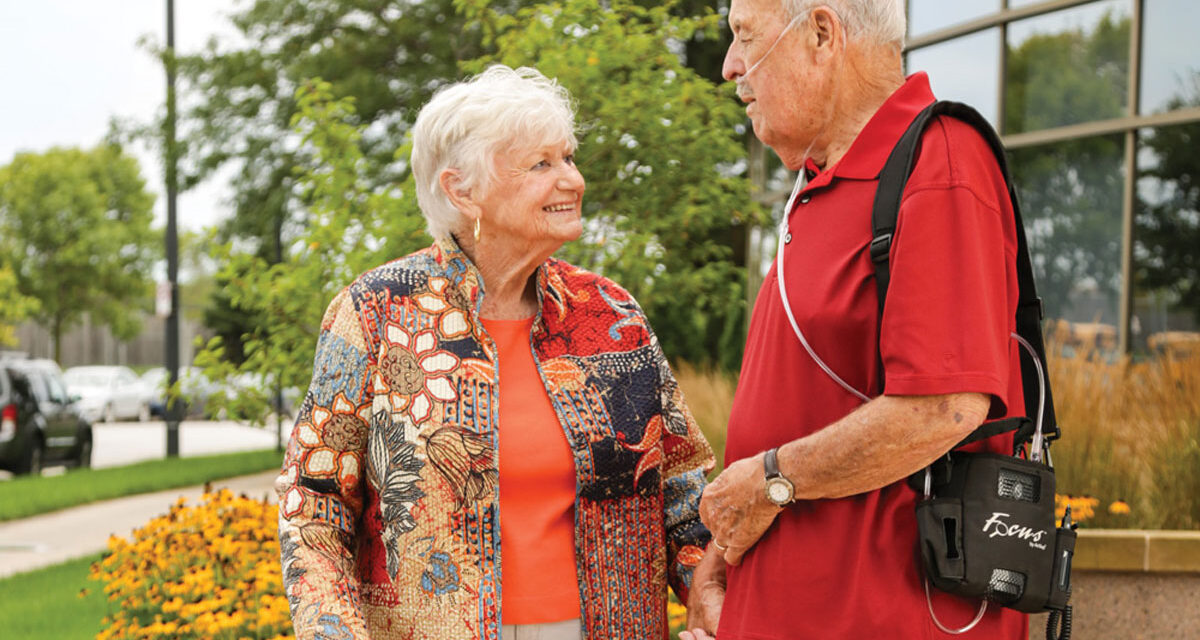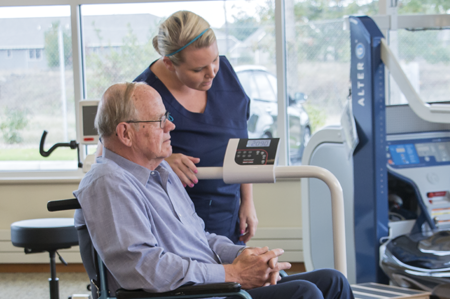Wondering if you’re spending too much on oxygen concentrators? Curious as to how much oxygen concentrators and accessories cost? When determining whether your community would save more by renting vs. owning your oxygen concentrators, the key is to look at total cost of ownership over the full life of your equipment. This requires looking at more than the oxygen concentrator rental cost and beyond the up-front cost of an oxygen concentrator. Let’s dive into the details.
Oxygen Concentrator Price Considerations
You may want to rent your oxygen concentrator if the up-front cost to purchase is too high or you do not wish to take on preventive maintenance tasks due to staffing restrictions.
But how do you determine when you are paying too much to rent and it makes more sense to buy? You need to measure the daily oxygen concentrator price rental rates and how many units you are renting against the cost of the device you are considering purchasing, an estimate of the costs of filters and the cost of an oxygen analyzer. And keep in mind where the money is going – maintenance tasks can be simple and routine, and rental fees add up when they include bringing in outside technicians to do maintenance.

Many concentrators have at least 3-year warranties, indicating that the expected life of a machine is at least that long. So when you’re considering owning vs. renting, divide the up-front cost by the expected equipment lifespan to get a clearer picture of how that compares to your rental rate.
Aside from the hard cost, keep in mind that equipment downtime while waiting for an outside technician means a resident might not have access to the respiratory therapy he or she needs. By owning the unit and taking responsibility for the upkeep, you may be able to have your concentrator back up and running faster.
If you are considering buying oxygen concentrators for your community, below are the oxygen concentrator pricing tiers to answer “how much does an oxygen concentrator cost?”
|
Portable Oxygen Concentrators Cost Range |
$2,300 – $3,200 |
|
5L Stationary Oxygen Concentrators Cost Range |
$520 – $800 |
|
10L Stationary Oxygen Concentrators Cost Range |
$1,300 – $1,500
|
Browse portable concentrators, 5L stationary concentrators, and 10L stationary concentrators available for purchase.
When renting, it’s important to know you won’t necessarily get a brand new concentrator delivered to your door. You might get a used unit and not know how well it was cared for before. As a result, it may be nearing the end of its useful life and could be susceptible to failure or other issues. When you buy, you know you’re getting a never-used device.
What oxygen concentrator maintenance is needed?
Maintenance can be fast and simple. As an example, a typical maintenance schedule is outlined below. If you purchase an oxygen concentrator, follow the specific manufacturer’s preventive maintenance schedule for your unit.
Once a Week
- Clean cabinet filters: wash in warm soapy water, rinse with warm tap water and allow to dry completely before reinserting
- Ensure the flow meter is set for the prescribed liters-per-minute flow rate in accordance with the resident’s prescription
When Changing Residents
- Clean cabinet filters: wash in warm soapy water, rinse with warm tap water and allow to dry completely before reinserting
- Use an oxygen analyzer to verify oxygen purity, flow rate and pressure
- Discard oxygen tubing, cannula/mask, oxygen outlet connector and humidifier bottle
- Inspect plugs, cords and all components for possible damage; do not use concentrator until all defective parts are replaced
Yearly or Every Two Years
- Replace all filters, including compressor filters and bacteria filters
- Use an oxygen analyzer to verify oxygen purity, flow rate and pressure
- Inspect plugs, cords and all components for possible damage; do not use concentrator until all defective parts are replaced
- Check power loss alarm: allow concentrator to run for at least one minute, then unplug the power cord – power loss alarm should sound to indicate it is working properly
Whenever performing maintenance, record the type of maintenance, the elapsed operating hours since the last maintenance check and make sure the flow meter is set for the prescribed liters-per-minute flow rate.
What oxygen concentrator maintenance tools should be used?
Traditional pen and paper may do the trick, but can get lost in the shuffle or ignored. Direct Supply’s TELS Platform allows you to schedule preventive maintenance tasks on each unit to help you ensure maintenance tasks are being performed. Plus, instructions can be loaded into the TELS app so staff can follow along from the convenience of their device instead of digging for the owner’s manual. By tracking and reporting on the maintenance for each device, you have all the information you need to keep each unit running at peak performance.
Which oxygen concentrator is right for my community?
If you decide to buy an oxygen concentrator, it’s time to pick the brand and model that works for you. Here are a few key considerations:
Oxygen Output
- Make sure the unit offers enough oxygen output to meet the prescribed needs
- Sometimes a single high-capacity concentrator can be used in spaces where multiple residents can access
Replacement Filters
- When replacing filters, opt for filter kits to save time and money. Filter kits include all of your filters, ship under one item number and are designed to exact manufacturer specifications
Portability
- Some portable concentrators can provide as much output as a stationary unit, yet have the versatility of being transportable and often have fewer filters to check and replace
- Having a couple versatile models of concentrators on-hand can help in a pinch
Use Direct Supply’s Oxygen Concentrator Selection Guide to walk you through the main features and specs of a number of concentrator models.
Explore our full selection of oxygen concentrators or contact us today to learn more.




